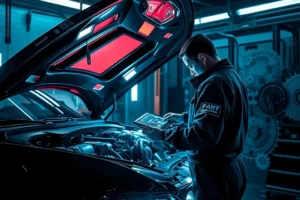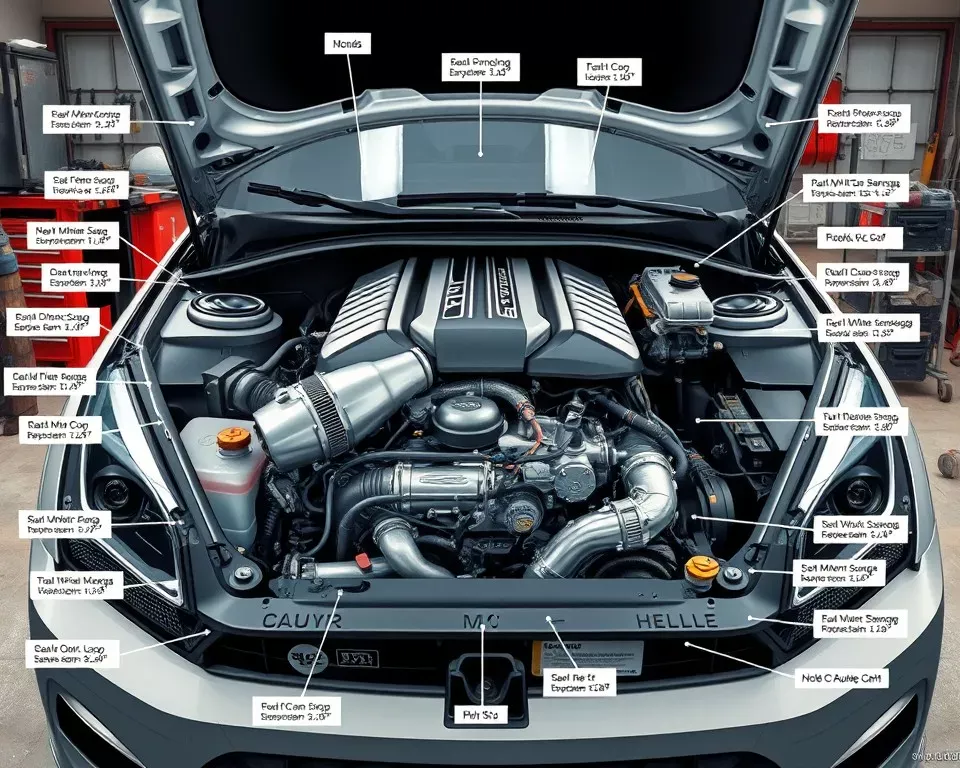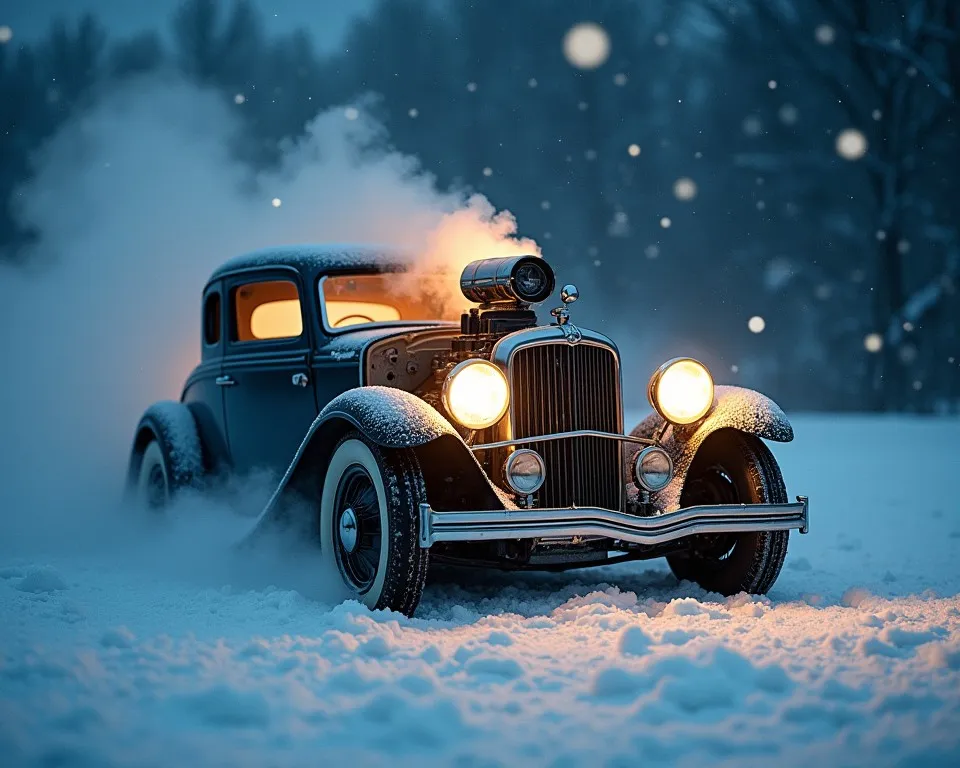Complete Engine Inspection Guide for Used Car Buyers

When it comes to buying a used car, the engine is the beating heart that can make or break your investment. As a potential buyer, performing a thorough engine inspection is like being a detective – every clue matters, and the smallest detail could save you from a costly mistake. Let’s dive into the world of used car engines and discover how to evaluate them like a pro.
- Complete Engine Inspection Guide for Used Car Buyers
- Pre-Inspection Engine Essentials
- Essential Inspection Tools
- Visual Engine Inspection Checklist
- Fluid Level Assessment
- Starting and Running Tests
- Cold Start Evaluation
- Advanced Diagnostic Checks
- Compression Testing
- Common Red Flags and Deal Breakers
- Professional Inspection Benefits
- Frequently Asked Questions
- How long should a proper engine inspection take?
- What's the most important thing to check during an engine inspection?
- Should I get a professional inspection even if I know about cars?
- How much does a professional engine inspection cost?
- What tools do I need for a basic engine inspection?
Pre-Inspection Engine Essentials

Before diving into the nitty-gritty of engine inspection, you’ll need to ensure proper conditions and gather essential tools. Think of it as preparing for surgery – you wouldn’t want your doctor to operate without the right equipment, would you?
Essential Inspection Tools
- LED flashlight for detailed visual inspection
- OBD-II scanner for diagnostic codes
- Clean white cloth for fluid checks
Visual Engine Inspection Checklist
The visual inspection is your first line of defense in identifying potential issues. Much like a doctor’s initial patient examination, this step reveals telling signs about the engine’s health and maintenance history.
| Component | What to Look For |
|---|---|
| Engine Block | Cracks, oil leaks, corrosion |
| Belts | Wear, cracks, proper tension |
| Hoses | Softness, bulging, leaks |
Fluid Level Assessment

Engine fluids tell a story about maintenance and potential problems. A comprehensive engine check must include careful evaluation of all vital fluids. Here’s what you need to examine:
- Engine oil condition and level
- Coolant clarity and level
- Transmission fluid color and smell
- Power steering fluid condition
- Brake fluid level
Starting and Running Tests
The way an engine performs during startup and operation provides crucial information about its condition. This phase of the used car engine inspection requires all your senses – sight, sound, smell, and even touch.
Cold Start Evaluation

| Test Phase | Warning Signs |
|---|---|
| Initial Start | Excessive smoke, unusual noises |
| Idle Period | Rough running, vibrations |
| Acceleration | Hesitation, misfires |
Advanced Diagnostic Checks
Modern engines require modern testing methods. Using diagnostic tools provides insights that visual inspection alone can’t reveal. Consider this the high-tech portion of your engine inspection process.
Compression Testing
A compression test reveals the health of your engine’s internal components. It’s like taking your engine’s blood pressure – the readings tell a crucial story about what’s happening inside.
Common Red Flags and Deal Breakers
Knowing when to walk away is as important as knowing what to check. Here are critical issues that should make you reconsider the purchase:
- Blue exhaust smoke indicating oil burning
- Knocking sounds during operation
- Significant oil leaks or sludge buildup
Professional Inspection Benefits
While DIY inspection is valuable, sometimes professional expertise is worth the investment. A certified mechanic can provide:
- Detailed diagnostic scanning
- Professional compression testing
- Expert evaluation of components
For more detailed information, check out these trusted resources:
Remember, a thorough engine inspection is your best defense against purchasing a problematic used car. Take your time, be methodical, and trust your instincts when something doesn’t feel right.
Frequently Asked Questions
How long should a proper engine inspection take?
A thorough engine inspection typically takes 1-2 hours, including cold start, warm-up, and all necessary tests.
What’s the most important thing to check during an engine inspection?
Oil condition and compression test results are crucial as they reveal the most about internal engine health.
Should I get a professional inspection even if I know about cars?
Yes, a professional inspection provides additional expertise and specialized testing equipment that most DIY inspectors don’t have.
How much does a professional engine inspection cost?
Professional inspections typically cost between $100-300, depending on the depth of testing and location.
What tools do I need for a basic engine inspection?
Essential tools include a flashlight, OBD-II scanner, clean rags, and basic hand tools.